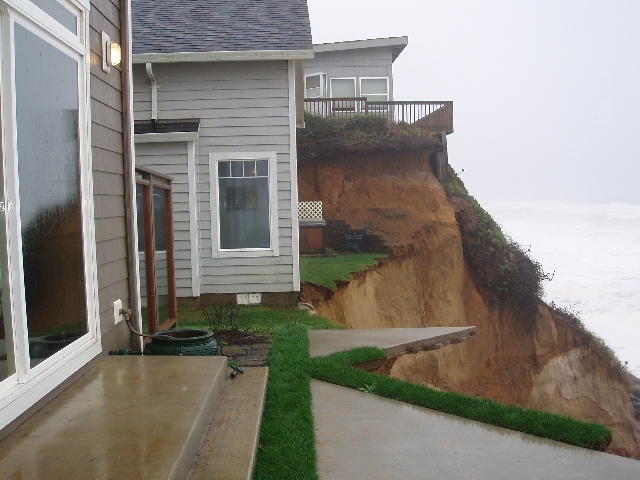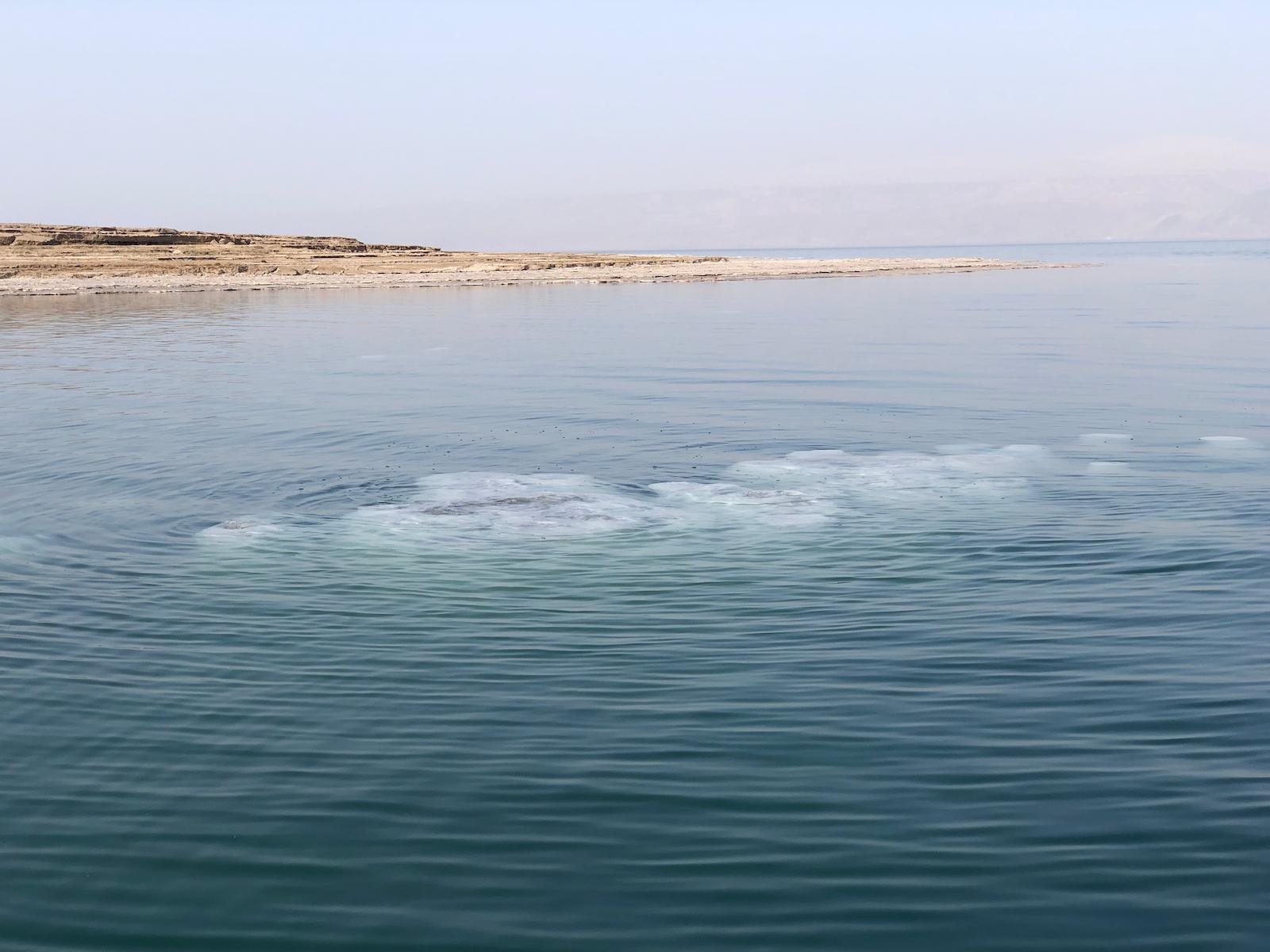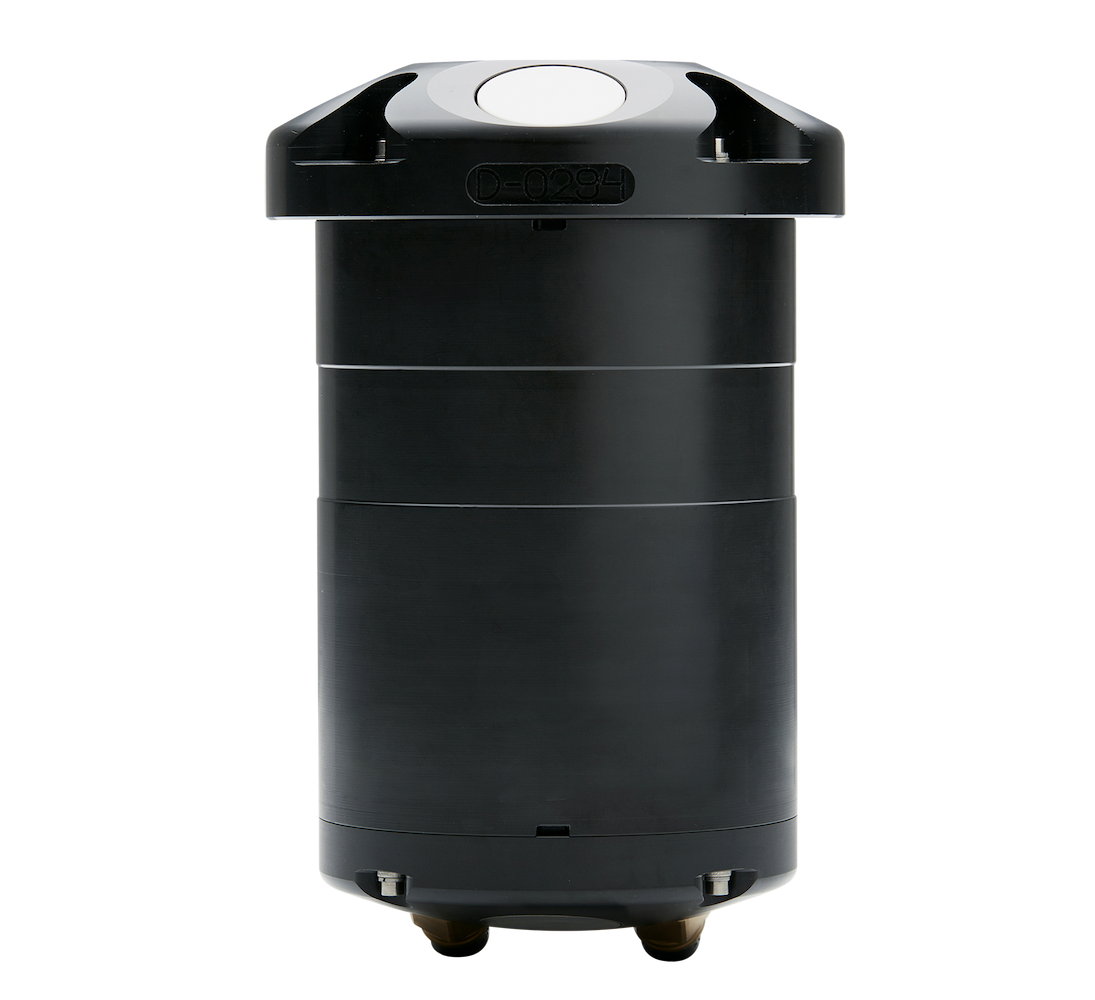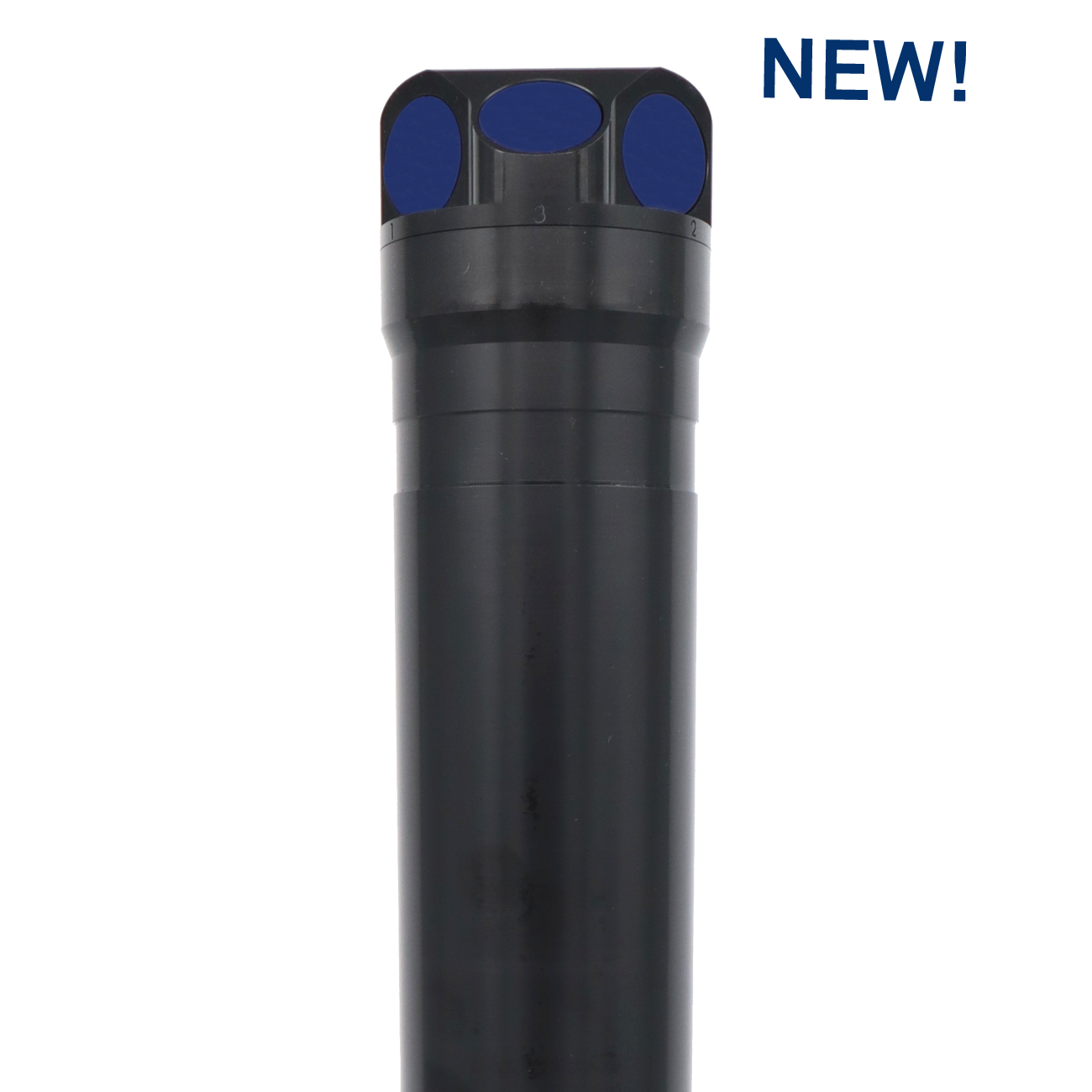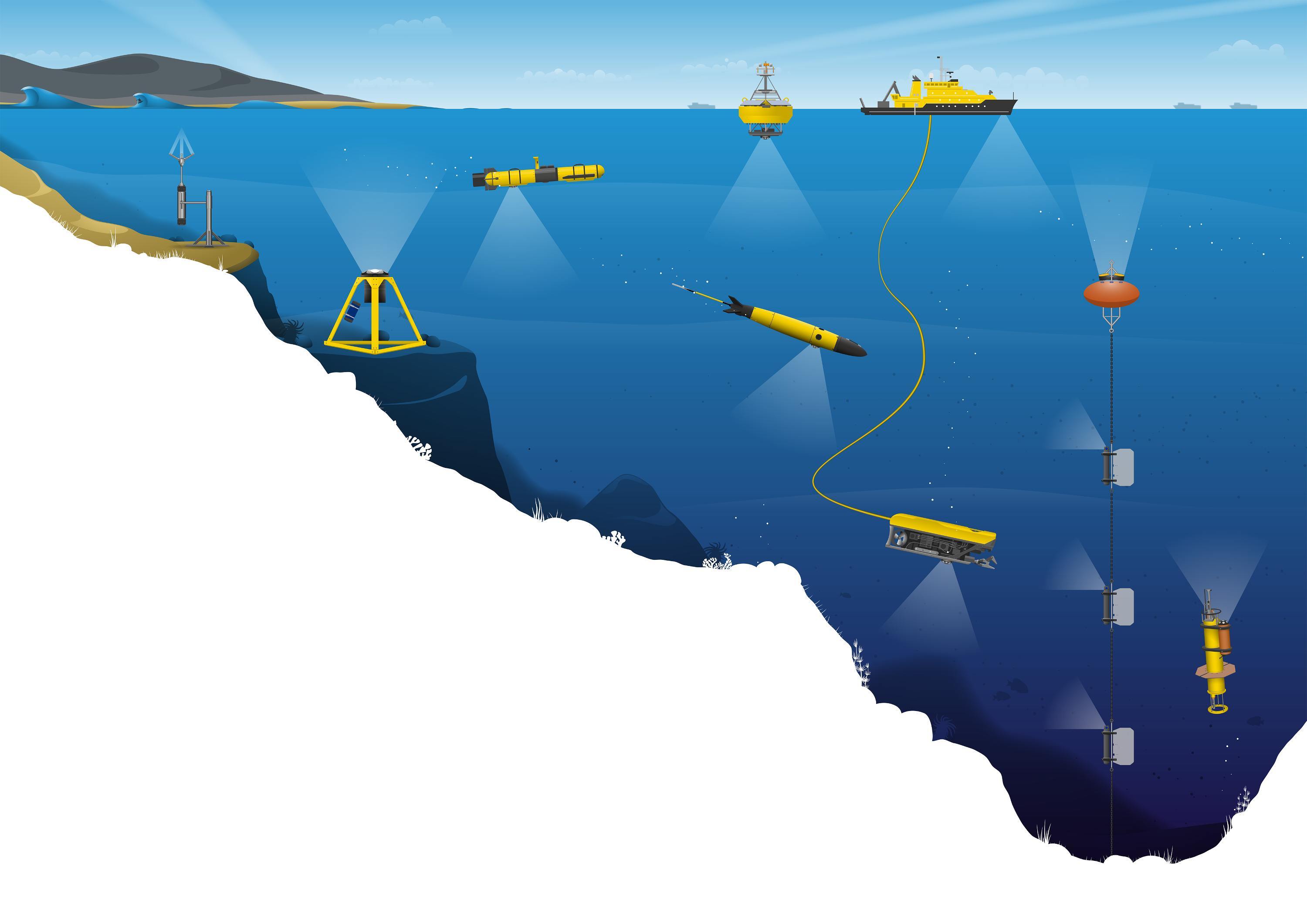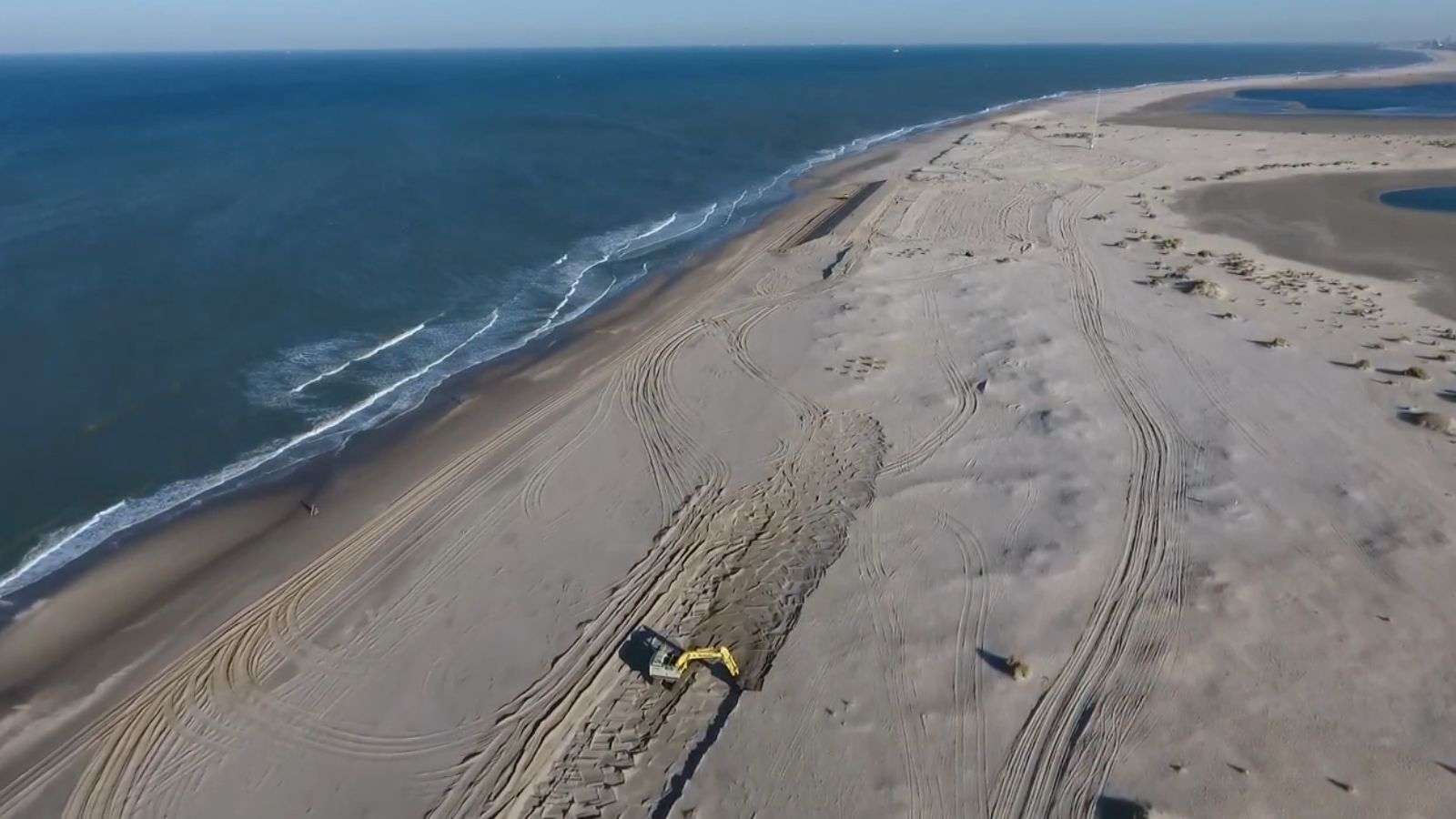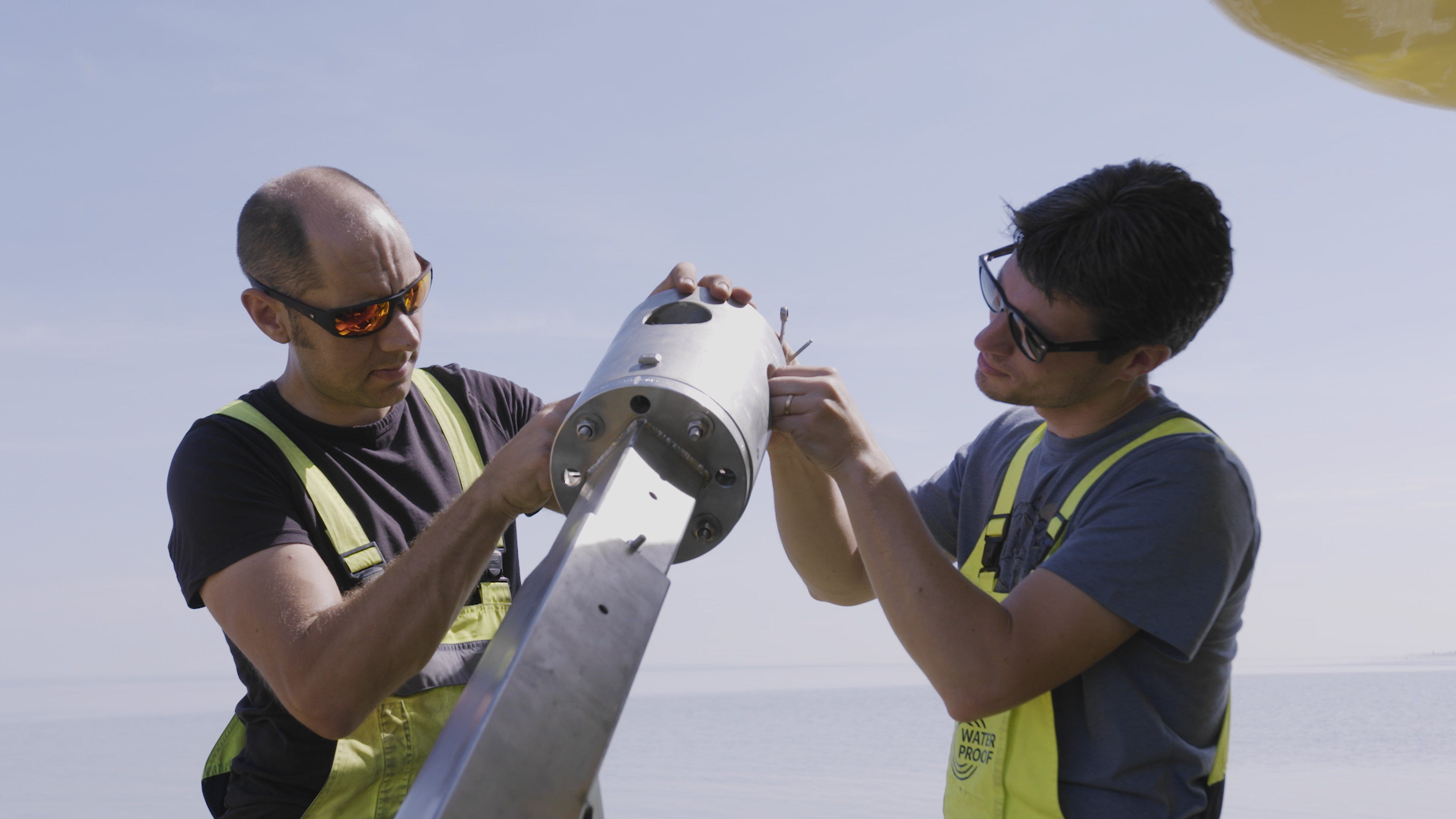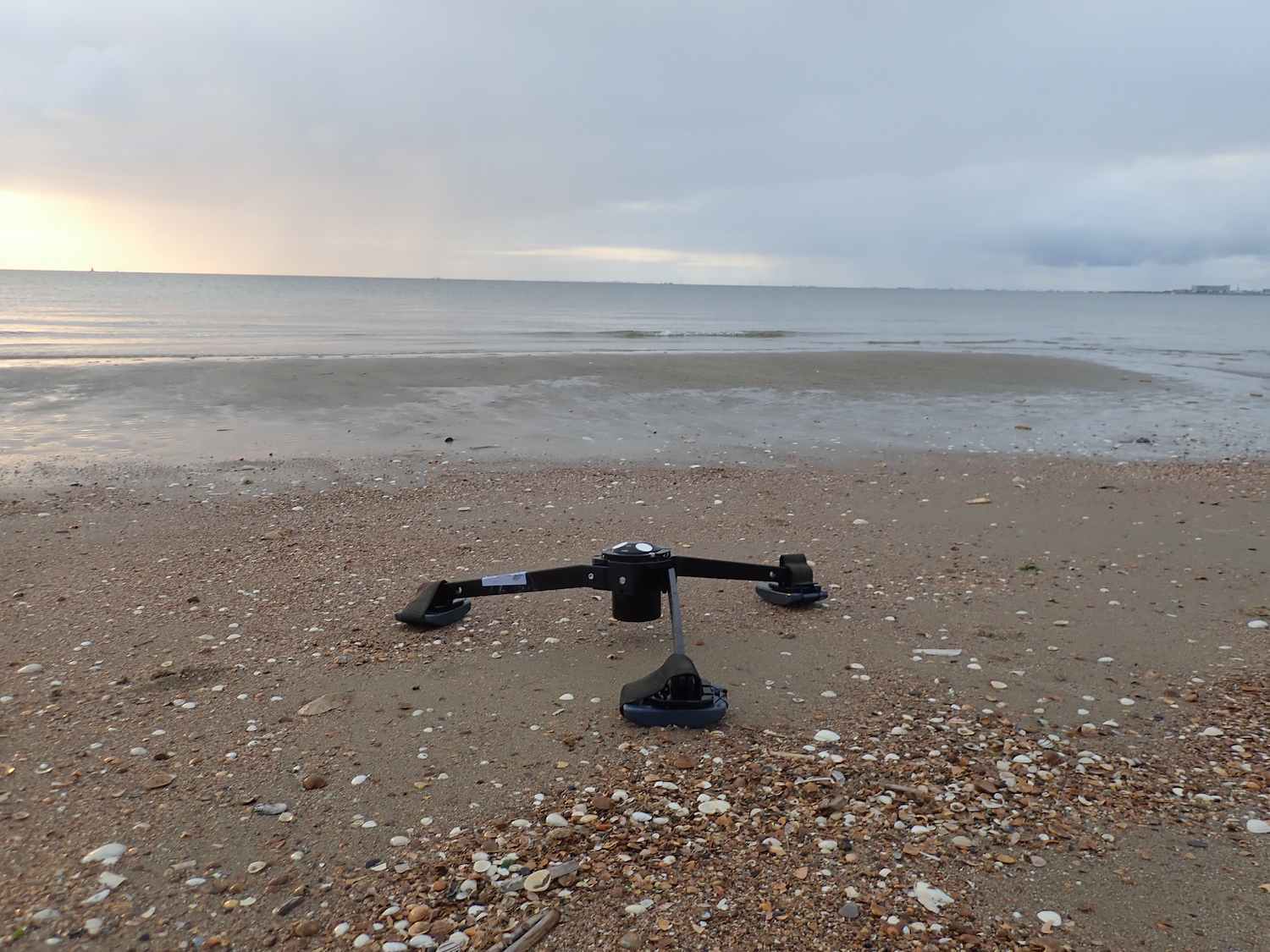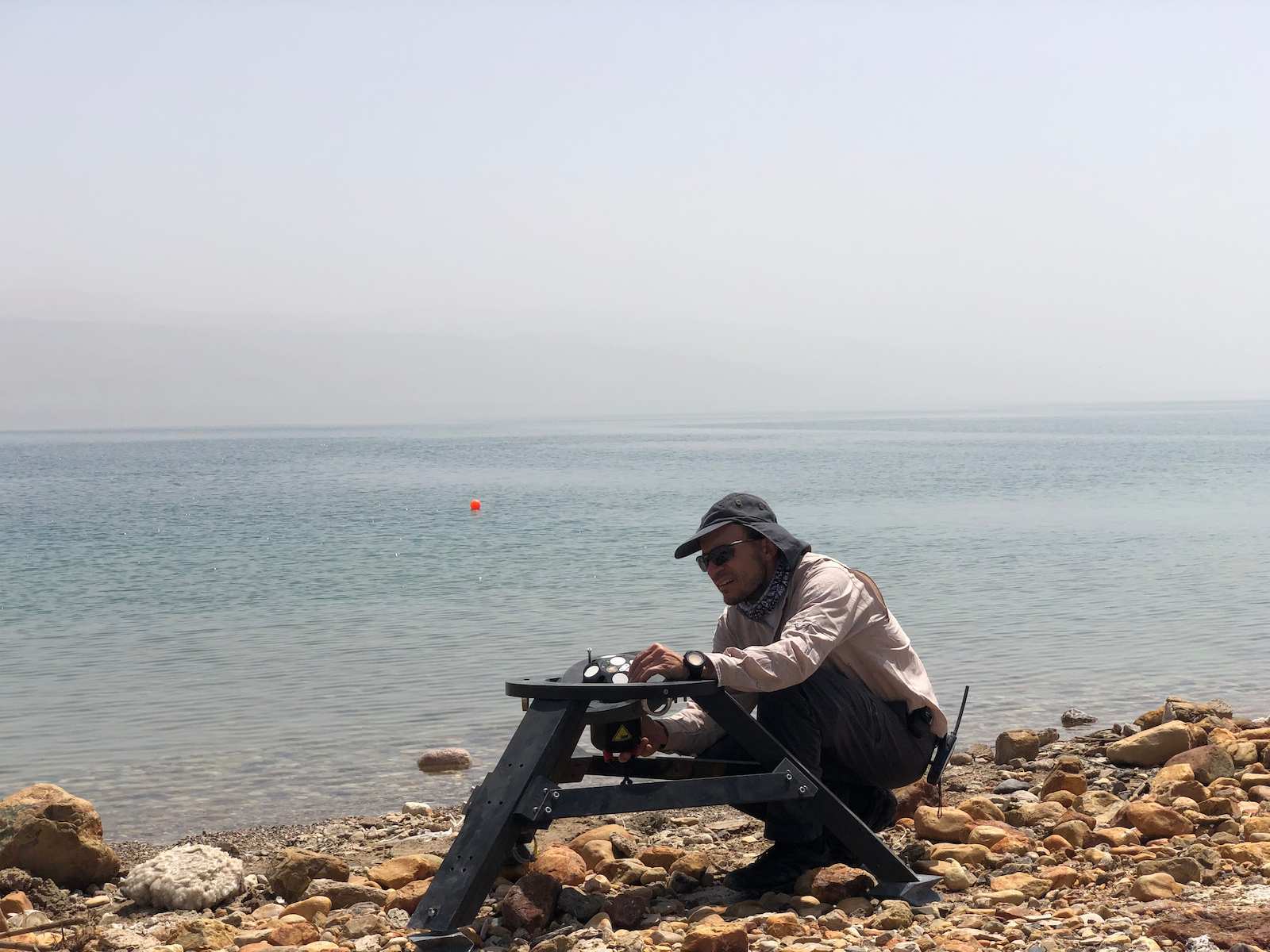
Wind, waves and gravel transport: Studying coastal erosion in the Dead Sea
- User stories
Synopsis
Challenge
Researchers at the Dead Sea Observatory in Israel needed to understand how atmospheric/meteorological, oceanographic and limnological processes cause coastal erosion and coarse sediment transport in the Dead Sea.
Solution
A Signature 1000 acoustic Doppler current profiler (ADCP) is helping the researchers to correlate the wind direction with wave directions.
Benefit
Beyond a deeper understanding of coastal erosion on the shores of the Dead Sea, this research may contribute to improving designs of boulder-based breakwaters, placed near shores to absorb wave energy and mitigate erosion in other coastal settings across the world.
Every year, around 24 percent of the world’s sandy shoreline erodes away, causing significant financial loss from damage to property and infrastructure. With around 40 percent of the global population living within 100 km of the coast, erosion presents a real and immediate challenge. Coastal erosion is a costly affair. In the USA, for example, coastal erosion causes an estimated US$500 million in property loss and damage every year. In addition, the federal government spends around US$150 million on control measures such as beach nourishment (manually adding sand to beaches).
Modern environmental research is taking advantage of unique environments and new technologies to better understand the processes behind coastal erosion and sediment transport.
“Understanding coastal erosion and the transport and sorting of coarse sediments along shores is highly important for assessing coastal stability,” says Haggai Eyal, a PhD candidate at the Hebrew University of Jerusalem, supervised by Professor Nadav Lensky from the Geological Survey of Israel and Professor Yehouda Enzel from the Hebrew University of Jerusalem.
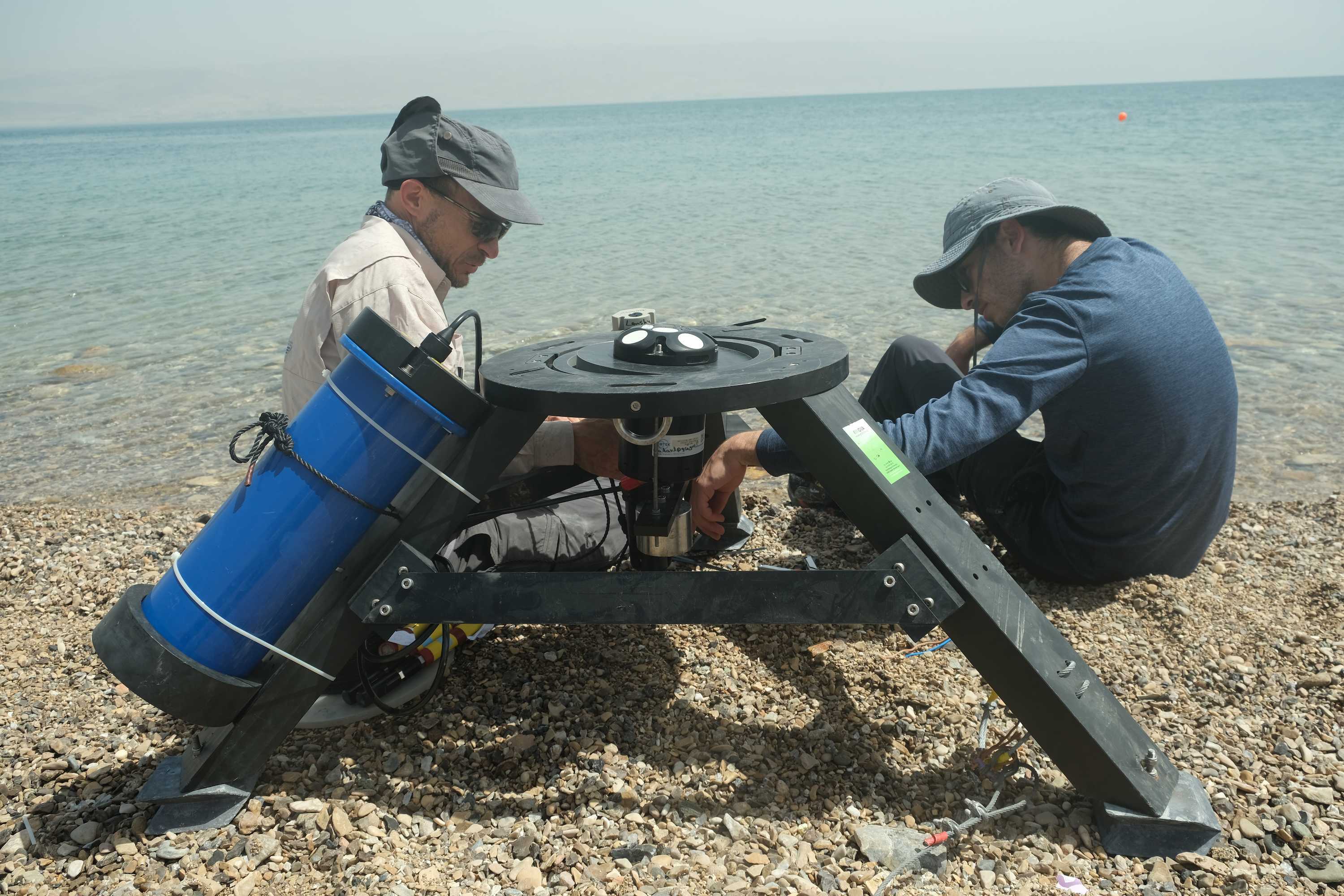
Capturing sediment movements during individual winter storms in a natural laboratory
Eyal’s PhD focuses on the fluvial (relating to rivers) and coastal movements of sediments in the Dead Sea, a hypersaline lake located between Israel, Jordan and the West Bank. The Dead Sea is primarily fed by the Jordan River and does not drain or discharge to the ocean, making it a terminal lake. Sediments from the Jordan River and other channels make their way to the Dead Sea through a variety of sediment transport processes.
“Fluvial channels supply unsorted sediment to the lake during winter storms,” says Eyal.
During these storms, waves transport sediments from the channel mouth along the shore, creating berms – beach ridges that extend along the shore.
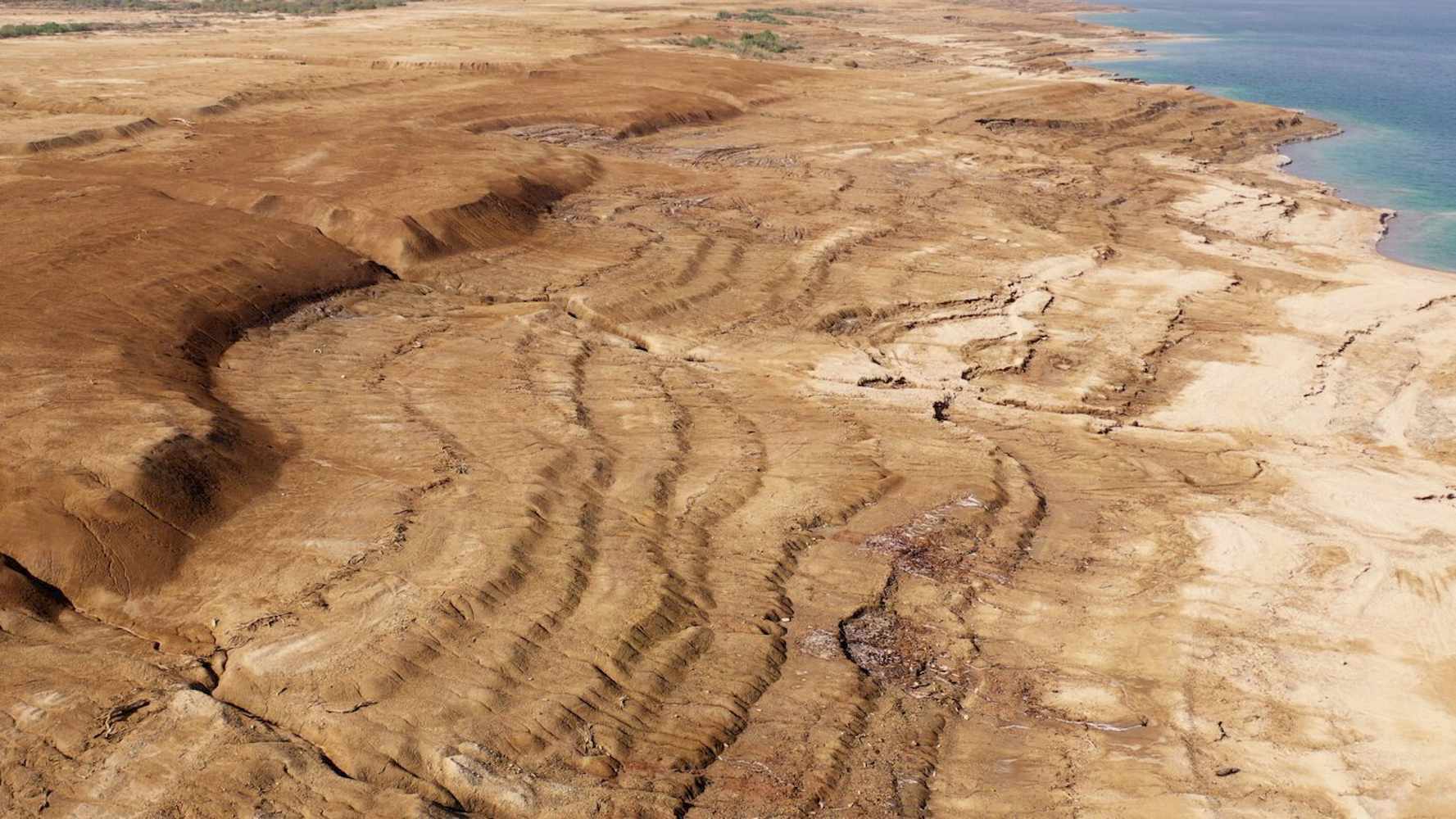
During the summer, two things happen. First, the storms and the associated sediment transport from the channels into the lake diminish. Second, the lake level drops about 1 m.
In areas where the water level is relatively stable from one season to the next, sediments brought in from rivers are mixed along coastlines for long periods of time, making it difficult to determine the different atmospheric and oceanographic/limnological processes responsible for the movement of sediment.
According to Eyal, because of the Dead Sea’s dramatic seasonal drop in water level, the berms found along the shore are unique to each winter season, creating an environment where sediments from each storm can be identified separately.
As Lensky explains, this seasonal sorting provides a window into the processes that drive sediment transport. “Here we have a very special opportunity to study the details of the wind and waves and currents acting on these specific gravels. We can also ask in what conditions these gravels will start moving, and what will be the distance they will move, depending on the mass of each gravel,” he says.
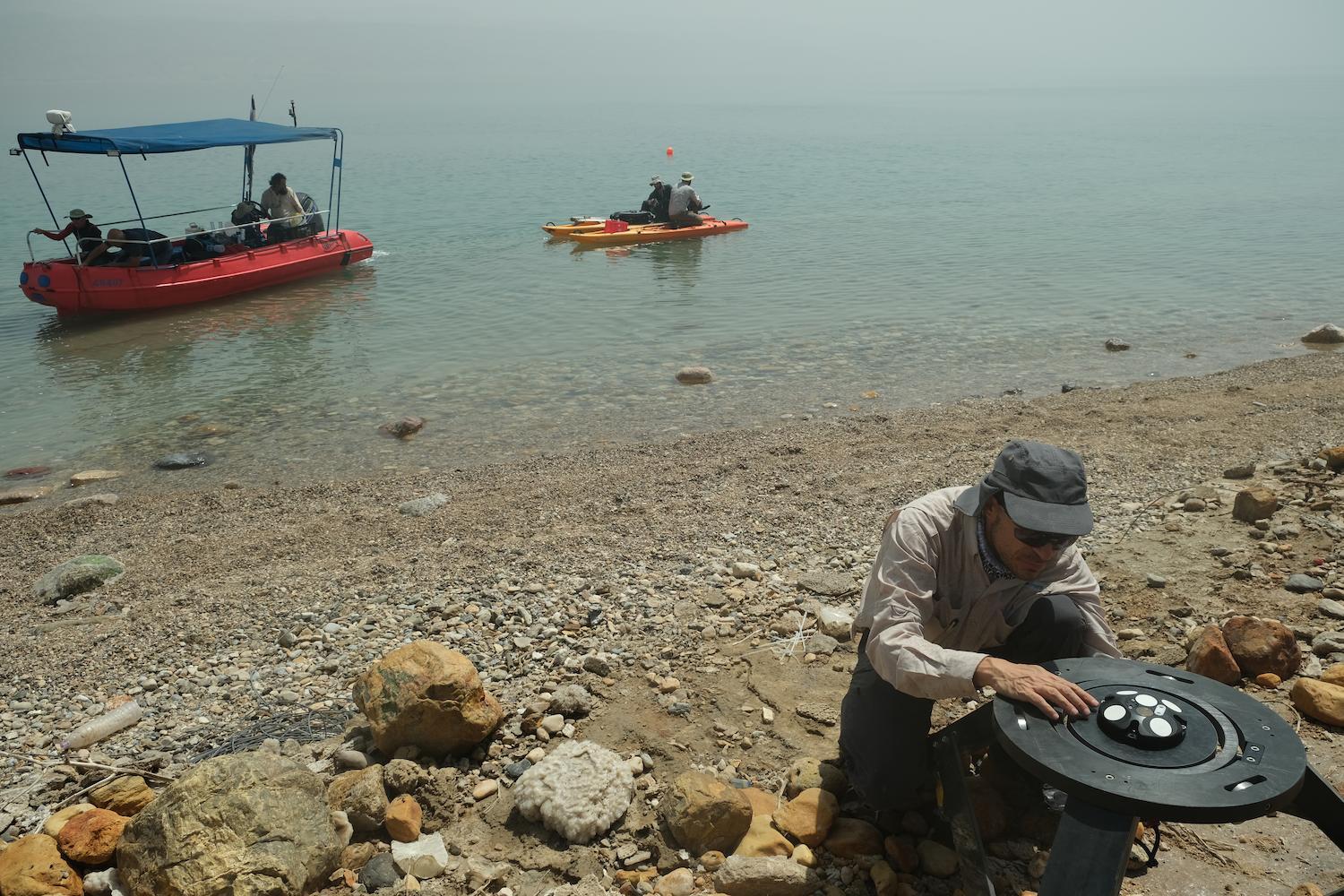
Capturing wind speed and direction, current speed and direction, and directional waves
Since the nearshore wave-breaking environment is very harsh and turbid, quantifying the motion of the sediments during a storm is challenging. To overcome this challenge, Eyal created five “smart” boulders: natural boulders varying in mass up to 75 kg, equipped with Inertial Measurement Units (IMUs), motion loggers that measure the boulder’s acceleration and rotations. While cameras monitored processes along the beach, wind speed and direction were measured by a Gill WindSonic sensor onshore. Meanwhile, current speed and direction, as well as directional waves, were measured at the same beach, using a Signature 1000 ADCP deployed 50 m offshore at a water depth of 5 m.

Understanding how coastal erosion relates to atmospheric and oceanographic processes
To understand the role different atmospheric and oceanographic processes play in coastal erosion and apply that knowledge to other parts of the world, real-world oceanographic measurements are necessary.
“This is where the science of coastal erosion is challenging, specifically where waves break,” says Lensky. “You need the wind measured properly, which is easy enough, but then you need to measure currents and waves, which is very hard to achieve where waves break.”
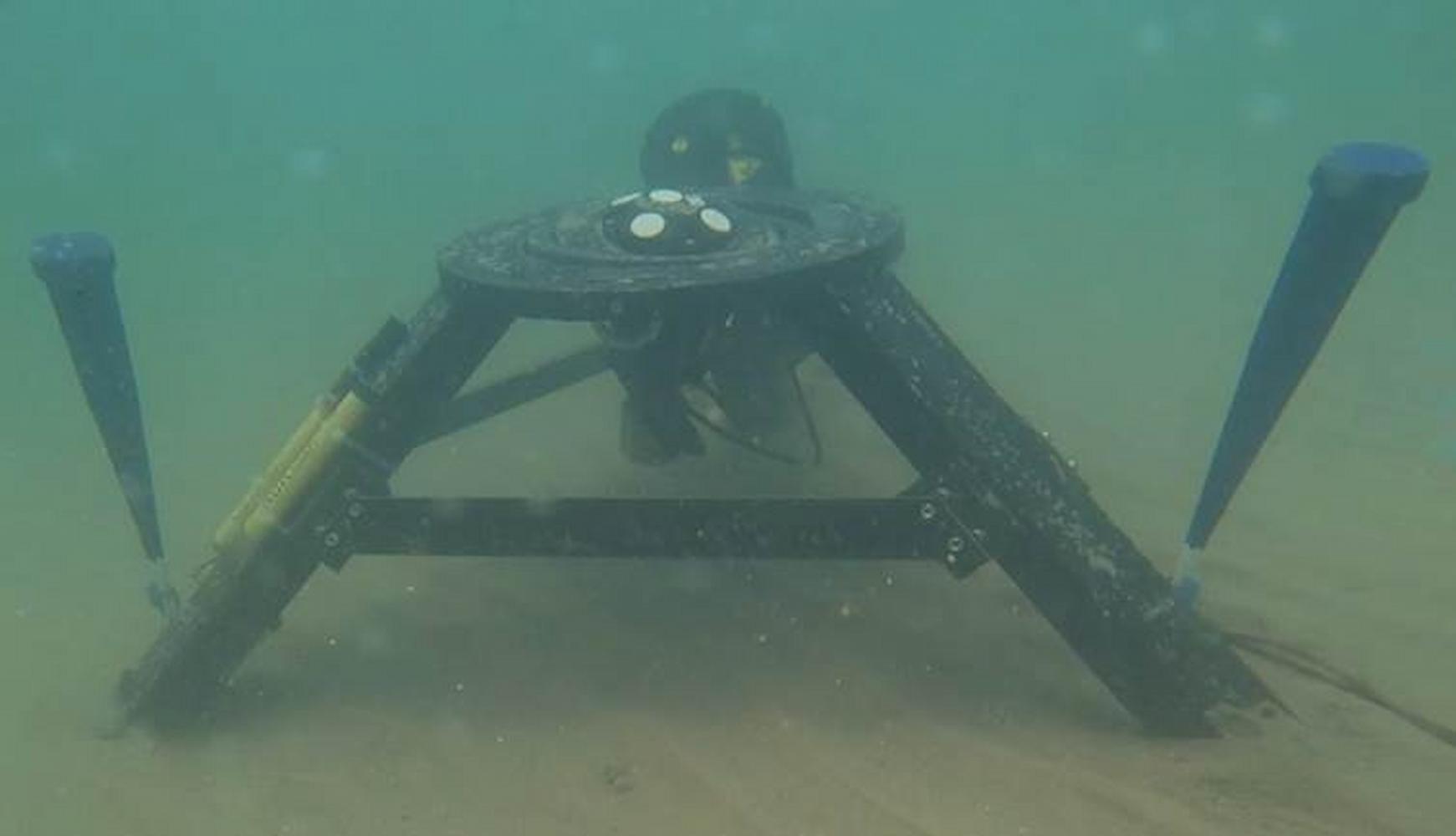
“The ability to measure directional waves with the Signature 1000 enabled us to correlate the wind direction and the wave directions,” Eyal explains.
Wave direction is an essential characteristic of sediment transport along the coast. “The interaction between waves and coasts and the angle between them dictates the amount of longshore sediment transport,” he says.
Lensky also notes other advantages of the Signature 1000, including its robustness and multifunctionality. “To have the vertical profile of the currents in three dimensions, you need to have a very specific device that can stand the wavy conditions and provide all the information during the storm,” Lensky explains.
In addition to measuring current profiles and directional waves, Signature ADCPs also provide a proxy for the concentration of sediments along the water column under different wave and current conditions by gathering echosounder data using the vertical beam. The echosounder functionality measures the intensity of the reflection of sound to the instrument at different distances, providing an estimate of the amount of suspended sediment in the water column.
The instruments also offer another benefit: ease of use.
“Deploying Nortek instruments is relatively easy for us. So is recovering them,” Lensky says. “We can even swim with the ADCP attached to a float and place it in the location that we need, get back, get some sleep, and go back after the storm (which can be five days later). From there on, you have the data in hand. The signals are very clean and good-quality, and using the software afterwards to access the data is easy.”
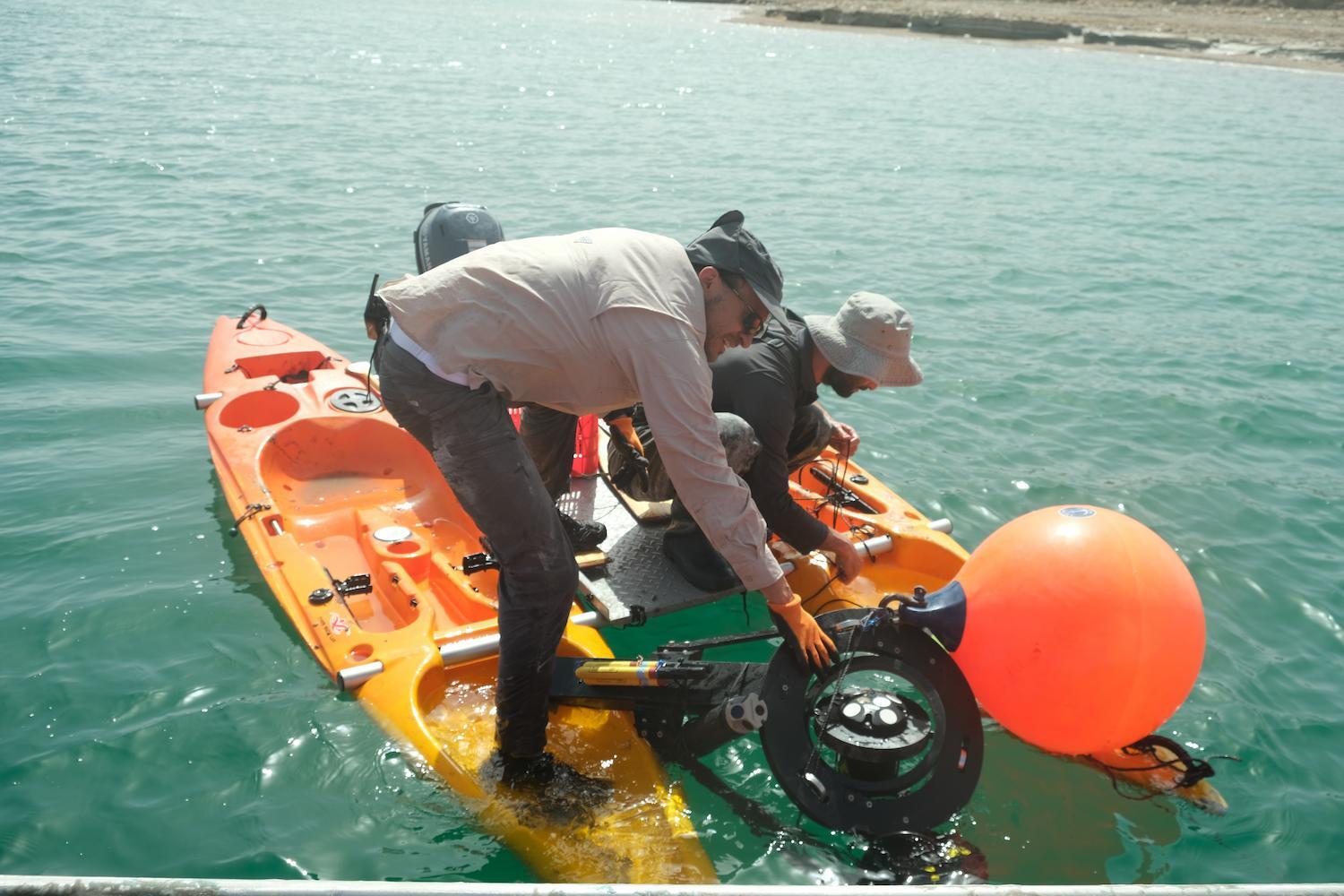
By using the Signature 1000’s three-dimensional current measuring and wave profiling capabilities, the researchers were able to measure nearly the full water column. To account for the area closest to the seabed missed by the Signature because of its up-looking orientation, the researchers filled the gap by measuring currents using an Aquadopp 300 m current meter. This version of the Aquadopp, which is a single-point current velocity measurement device, has the advantage of recording data in the water volume in the first meter above the seabed, thus complementing and adding to the measurements from the Signature ADCP.
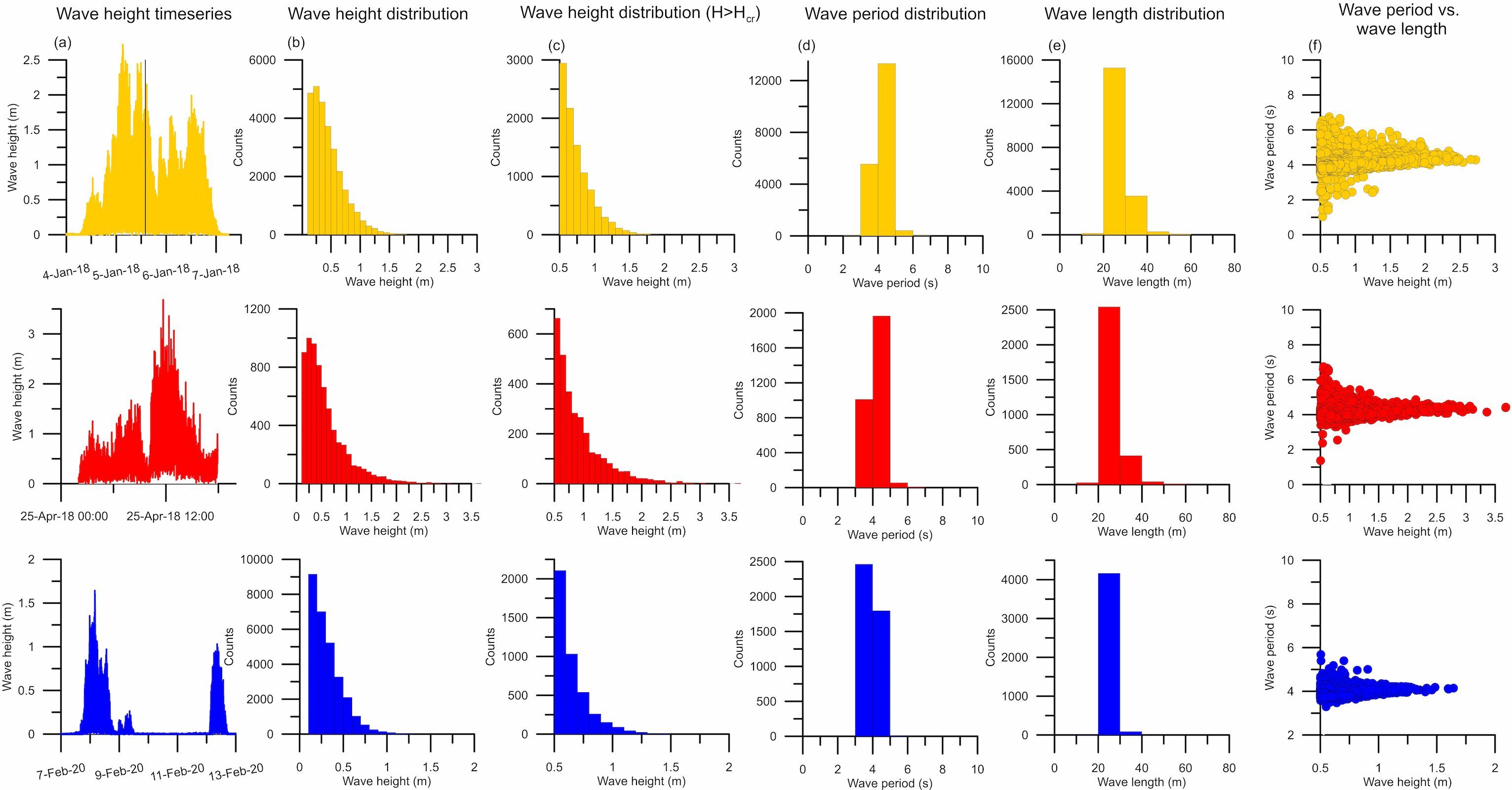
Transition of momentum from wind to waves to coastal erosion and gravel transport
The measurements from the study revealed some key insights about the processes that dictate transport in the Dead Sea.
“We see that the transport is dictated mainly by the waves, not the current,” says Eyal. “This combination of using measurement of wind as atmospheric drivers, directional waves and current profiles and turbidity profiles using the Nortek Signature 1000, and motion measurements from smart boulders is unique. It allowed us to quantify the transition of momentum from wind to waves to coastal erosion and gravel transport along the coast,” he adds.
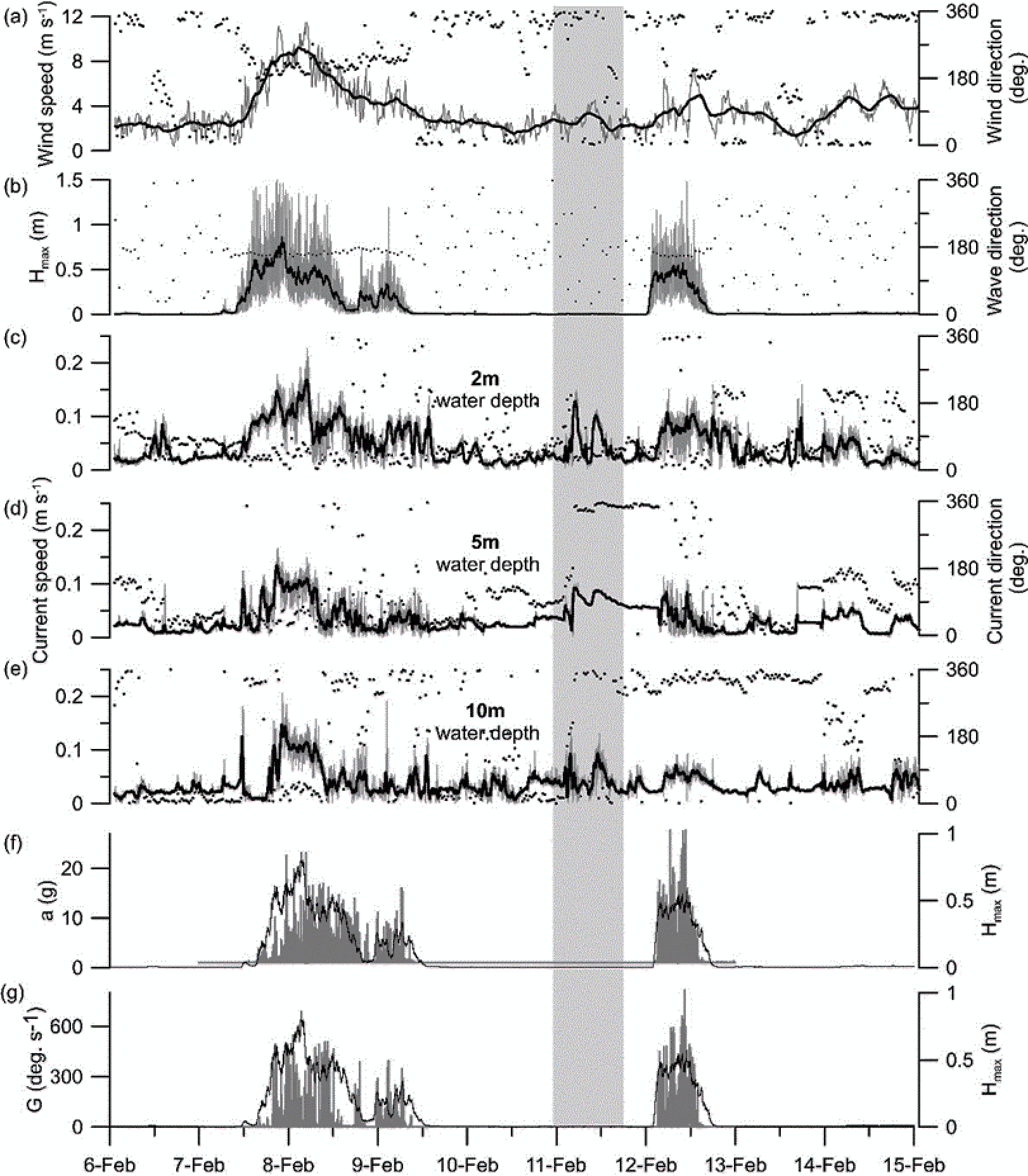
Applying coastal erosion research with ADCPs to the rest of the world
The study was published in Geophysical Research Letters in collaboration with researchers from the University of California in the USA and Technische Universität Braunschweig in Germany. This paper offers insights into sediment transport processes beyond the Dead Sea. Using the observations from the study, the researchers demonstrated how sediment sorting is directly related to the wave climate. They developed a new model for quantifying the wave height needed to move a given mass of gravel and formulated how the distribution of wave heights during a storm sorts gravel along the shore.
This information is helpful in designing boulder-based breakwaters, structures built from boulders placed offshore intended to absorb wave energy.
“You want these boulders to stay in place. In our research, we quantify the size of the boulders that move at a certain wave intensity distribution,” says Lensky. “If we properly understand the physical relation between the waves and the underlying processes that move the boulders, you can generalize these processes to other regions.”
Lensky notes the importance of repeating their findings in other areas. “To verify that these insights are valid for other coasts, we need to have similar measurements from coasts with a different wave climate,” he adds.
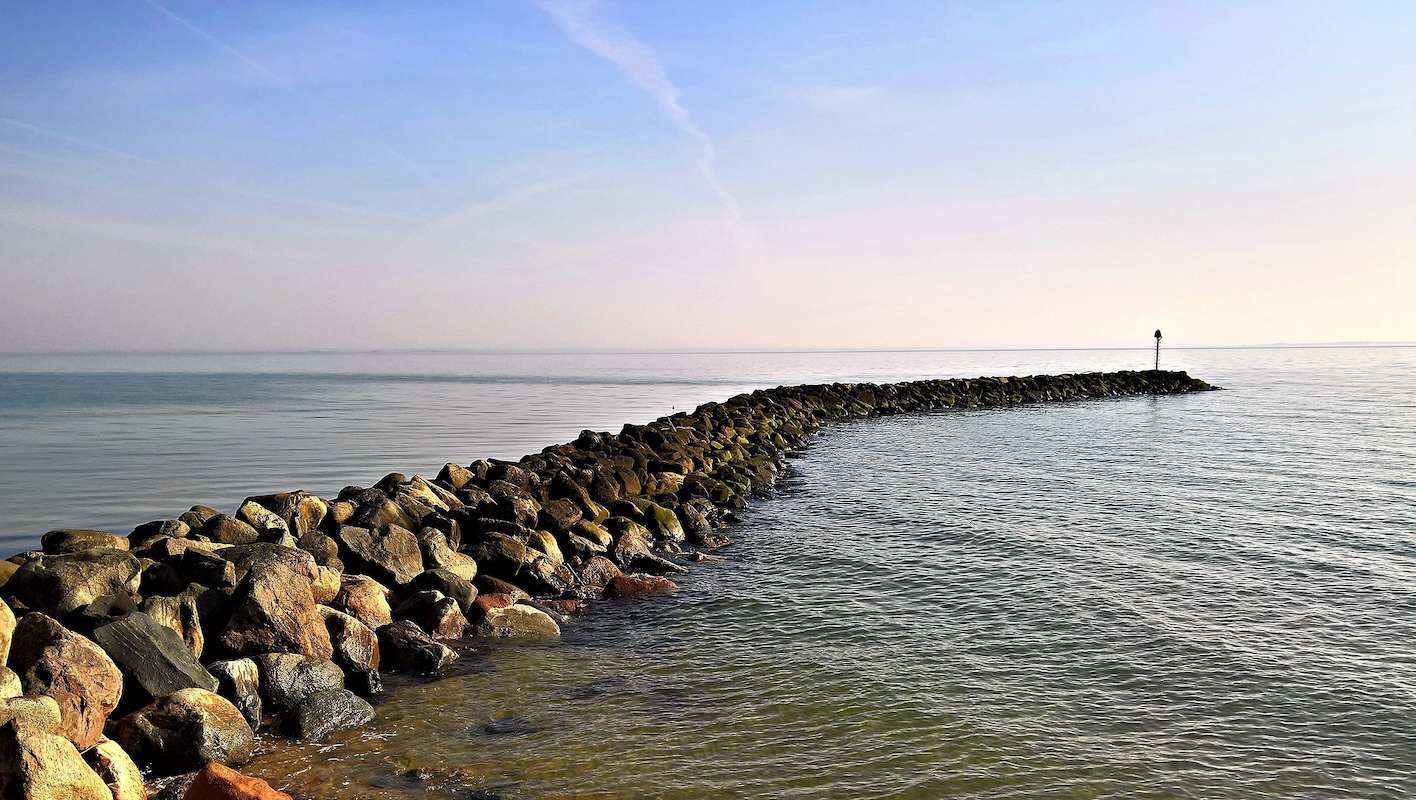
For Lensky, the ability to pull together all the information about the oceanographic processes and the atmospheric conditions that create and shape the coast and that lead to coastal deposits is exciting.
“It’s like completing a jigsaw puzzle. You put all the pieces in place, and finally, you have a nice picture.”
